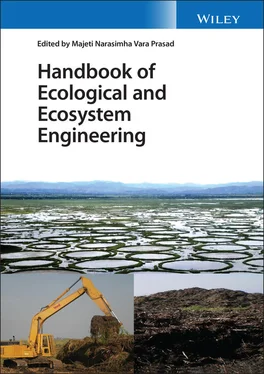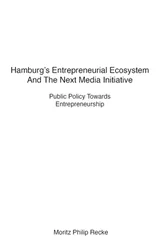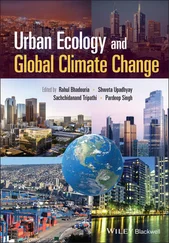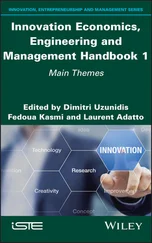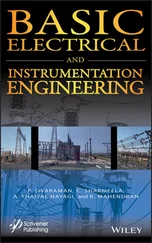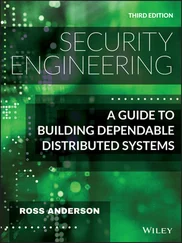Following the trend of manipulating natural elements to enable increasingly productive agricultural systems, the introduction of genetically modified organisms – so‐called transgenics – is considered the most significant technological revolution in the recent history of agriculture [45]. An organism is considered genetically modified when a given material is subjected to genetic changes that would happen neither naturally nor through crossing or recombination processes [46].
Transgenic organisms have spread worldwide due to an annual increase in their use in agricultural sites, as well as to their import and export in the form of processed foods and animal feed. The trade of these organisms started with promises such as increasing productivity without the need to convert more land into agricultural fields, reducing the use of pesticides, enabling the efficient use of water through drought‐resistant varieties, greater efficiency in fertilizer use, less need to prepare the soil, and, consequently, lower carbon emissions and erosion rates, among others. However, many of these environmental benefits are not observed in all regions and remain scientifically uncertain [47]. Part of the uncertainty results from rapid technology adoption in a world thirsty for profits and higher productivity to guarantee human food, as well as for political reasons and due to the interests of large corporations in accelerating the introduction of these products in the market.
Although the aim of this chapter is not to address how transgenic organisms have been placed in the global market, under what interests or research methodologies, we would like to raise some questions of ecological importance to reason about the difficulties in maintaining ecosystem services in full operation in the face of some techniques used in agriculture. Based on our viewpoint, biotechnology may enable the formation of entirely new ecosystems in the future. But will these ecosystems be efficient and desirable? Will ecosystem services be equally present as they are in natural ecosystems? These questions are certainly far from being accurately answered, but scientists and society must consider them.
One cannot forget that arable lands became part of the ecosystem from the moment human beings started to produce their own food. Thus, when one cultivates genetically modified species, these new organisms are introduced into the ecosystem. Because ecosystems are a complex set of organisms in constant interaction, together they perform a variety of ecological processes; therefore, it is expected that the introduction of a new organism in these ecosystems will change these processes. Thus, it is essential to evaluate the effects of transgenic cultures as a whole, rather than just the results of a single organism in a single environment and in a single period of time. Individual analyses cannot reflect the environmental effects accumulating in ecosystems as a whole.
Below, we list just a few examples of organisms that transgenic plants come into ecological contact with when they are grown [48]:
Other plants belonging to the same, or different, species
Herbivores feeding on plants' shoot or roots
Natural enemies such as plants competing for space, nutrients, water, and light through allelopathy
Pollinating insects visiting transgenic plants' flowers
Symbiotic organisms, such as mycorrhizae and nitrogen‐fixing bacteria, which can live in plants' shoot and roots
Detritivores and decomposers feeding on dead plant parts and promoting nutrient cycling
Most ecosystem processes in both natural and agricultural systems have the soil as a critical and dynamic regulatory core [49]. Soil accounts for environmental services that go far beyond being a substrate for plant development; soil contributes to all four ecosystem service dimensions. It is accountable for maintaining water springs, storing carbon, maintaining biodiversity, providing essential nutrients for plant species' growth, structuring the soil and controlling pests, and housing most of Earth's biodiversity.
Soil is an open and constantly changing system that is part of the biosphere and interfaces with the atmosphere, hydrosphere, and lithosphere systems; it performs uninterrupted matter and energy exchanges among these spheres, which affects their dynamics. Thus, soil is a strategic point to help mitigate environmental impacts and as the core of Earth's critical zone , i.e. the layer supporting life on Earth that goes from the top of trees to the bottom of aquifers.
Agricultural systems are mostly self‐regulated due to high biodiversity in the soil. Thus, biodiversity loss reduces the resilience of agricultural systems and leads to increasing dependence on input addition. Given its wide physical and chemical heterogeneity, soil hosts a complex and varying biological community of organisms that help maintain an extremely large diversity of processes at a small or large scale [50, 51]. It may be why we are so far from acquiring knowledge about soil biodiversity and its contribution to the function of ecosystems presenting physical and chemical features similar to the one we have [52–54].
Soil conservation is the basic requirement to achieve sustainable agriculture with high ecosystem service functionality. Conservation measures in tropical environments with low natural soil fertility and high rainfall rates most of the year are of paramount importance to stop cultivated soils from reaching irreversible chemical and physical degradation levels that could compromise the provision of environmental services.
It is necessary to keep in mind that where a rural property is located can influence the type of crops to be grown and the price of the land, to have an idea about the importance of ecosystem services for agriculture. The greater the physical, chemical, and biological quality, the easier the access to water; the more the climate favors the culture, the greater the economic value of the land. It is also necessary to keep in mind that ecosystem services and disservices are not limited to rural property; they are also in the landscape surrounding the property and can move between habitats [40]. Therefore, the more natural and inserted in the landscape agriculture is, the less an ecosystem process will be considered a disservice to agriculture. If we take an ecological process that happens naturally and in harmony with other processes as a disservice to agriculture, it is likely because we are not using the ideal agricultural system.
Agriculture, regardless of type (conventional, ecological, conservationist), always has some impact on ecosystems since it is incorporated into a set of countless ecological niches. Thus, our role is to reduce environmental impacts as much as possible and use technology – which may contribute to the loss of essential ecological processes to the proper functioning of the ecosystem as a whole – as little as possible.
Jogersen and Nielsen [44] have indicated some guidelines to be taken into consideration for agriculture development purposes:
1 Closing cycles
2 Enabling direct energy and material flows in increasingly smaller cycles
3 Increasing diversity in agricultural systems by using, for example, integrated ecological agriculture
4 Minimizing pesticide and fertilizer use, or finding the proper balance between economics and ecology, by using best management practices based on the application of environmental management models
5 Increasing agricultural pattern complexity in time and space by using a wide variety of crops and domestic animals, small fields, fallows, wetlands, and so on
Decision‐making in agricultural management processes must be coordinated with the surrounding ecosystem. Thus, principles advocated by agroecology can be great allies in these processes. Agroecology is defined as the application of social and ecological concepts in sustainable food production systems; thus, it can be used as a scientific and methodological tool to achieve agricultural multifunctionality [55–57]. Organic, conservationist, biodynamic, ecological, syntrophic, and natural agriculture, as well as permaculture and forestry‐livestock integration systems, are examples of agricultural systems based on agroecological principles. See Table 1.5to better understand agroecology, the application of its principles, and how they influence ecosystem services.
Читать дальше
